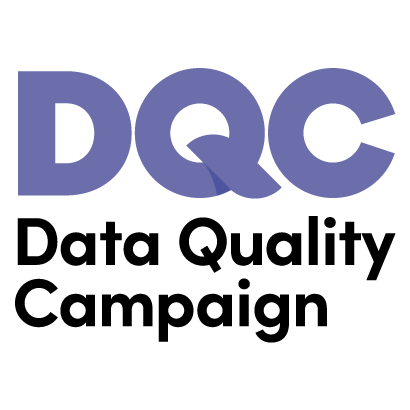On January 19, 2023 – the Connecticut State Department of Education publicly announced findings from the Center for Connecticut Education Research Collaboration (CCERC) related to the effectiveness of districts’ emergency transition to remote learning at the height of the COVID-19 pandemic. The department also shared CCERC findings around the effectiveness of a direct home engagement program developed in 15 school districts to address a sharp increase in chronic absenteeism.
The Learner Engagement and Attendance Program (LEAP)
CCERC has also provided findings related to the LEAP initiative, which was developed in “April of 2021 to address student absenteeism and disengagement from school due to the COVID-19 pandemic.” CCERC’s analysis included data from 15 participating school districts in the state and pointed to statistically significant positive and “long-term” effects in 14 districts that implemented the program using an in-person model.
The LEAP program allowed districts to leverage federal recovery funds to train and deploy family and community liaisons to conduct in-person, regular home visits with families of students considered chronically absent. The analysis found that the LEAP program resulted in as much as a 30-point improvement in student absenteeism rates in the 6 months or more following the first home visit.
The CCERC analysis of the LEAP program found six key areas that, according to home visitors, school staff, and families, contributed to overwhelming success of the program, including:
- Personalized, Dynamic Support: Dependent on Family’s Needs
- Continued Training and Support for the Visitors
- A Process of Collaboration (e.g., Determining Caseload Assignments)
- Home Visitor Fluency in the Language Used in the Home
- Commitment to Establishing Connections with Families
- Collaborative Advocacy for Students (e.g., Parents, Home Visitors)
For more information on the CCERC analysis of the Learner Engagement and Attendance Program, click here.
Remote Learning Study
An analysis by CCERC found that significant disparities existed in the implementation of remote learning during the height of the COVID-19 pandemic, while also identifying key areas for improved emergency preparedness and reengagement of students and families in hybrid and in-person learning.
Overall, the study found that the transition from remote learning to hybrid and in-person instruction occurred at a slower rate among districts serving the highest proportion of high-needs students; that teachers generally covered less material in remote and hybrid environments than a typical year of in-person instruction; and that teachers, overall, significantly improved their ability and confidence with incorporating technology in all teaching modalities.
The report, while recognizing key areas where remote and hybrid learning contributed to learning loss, also provided clear recommendations for improvement in instruction and emergency preparedness across 8 categories, ranging from teacher and staff development to the provision of robust supports for students and families.
For more information on the CCERC Remote Learning Study, click here.











